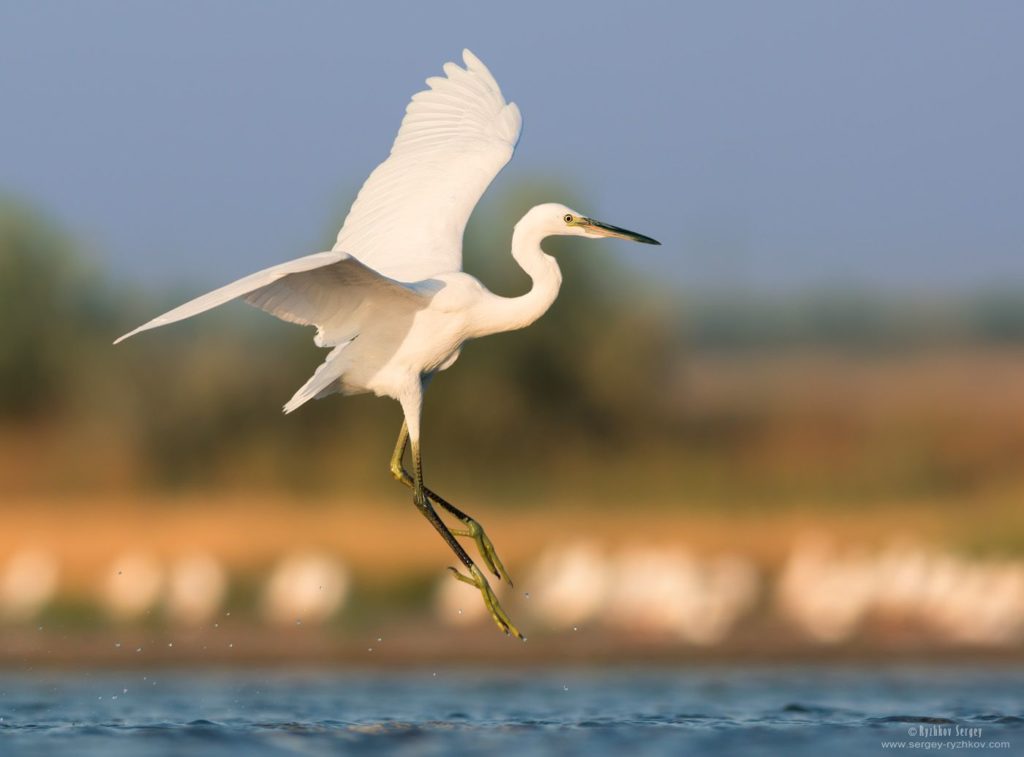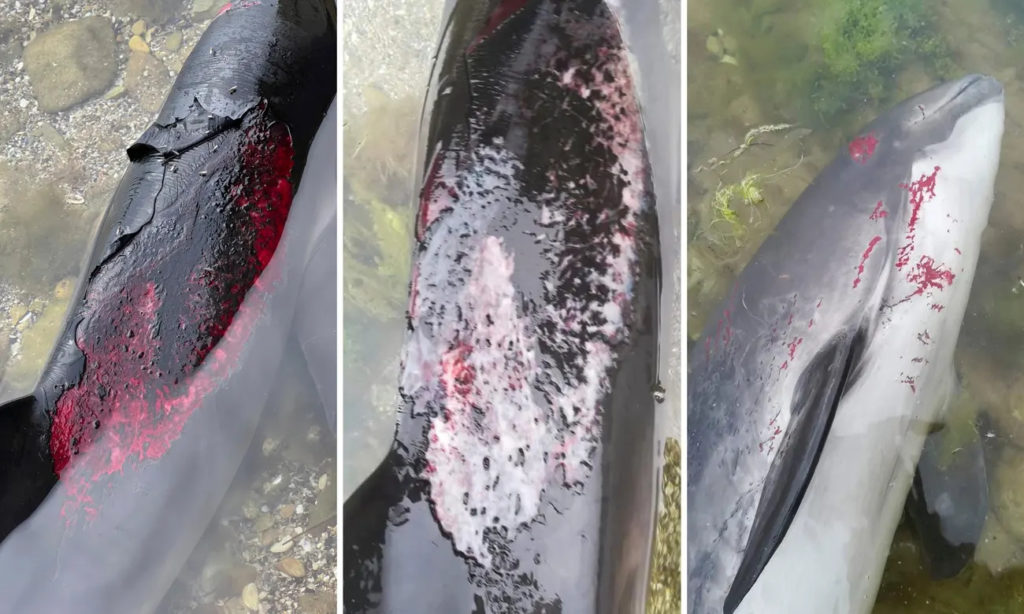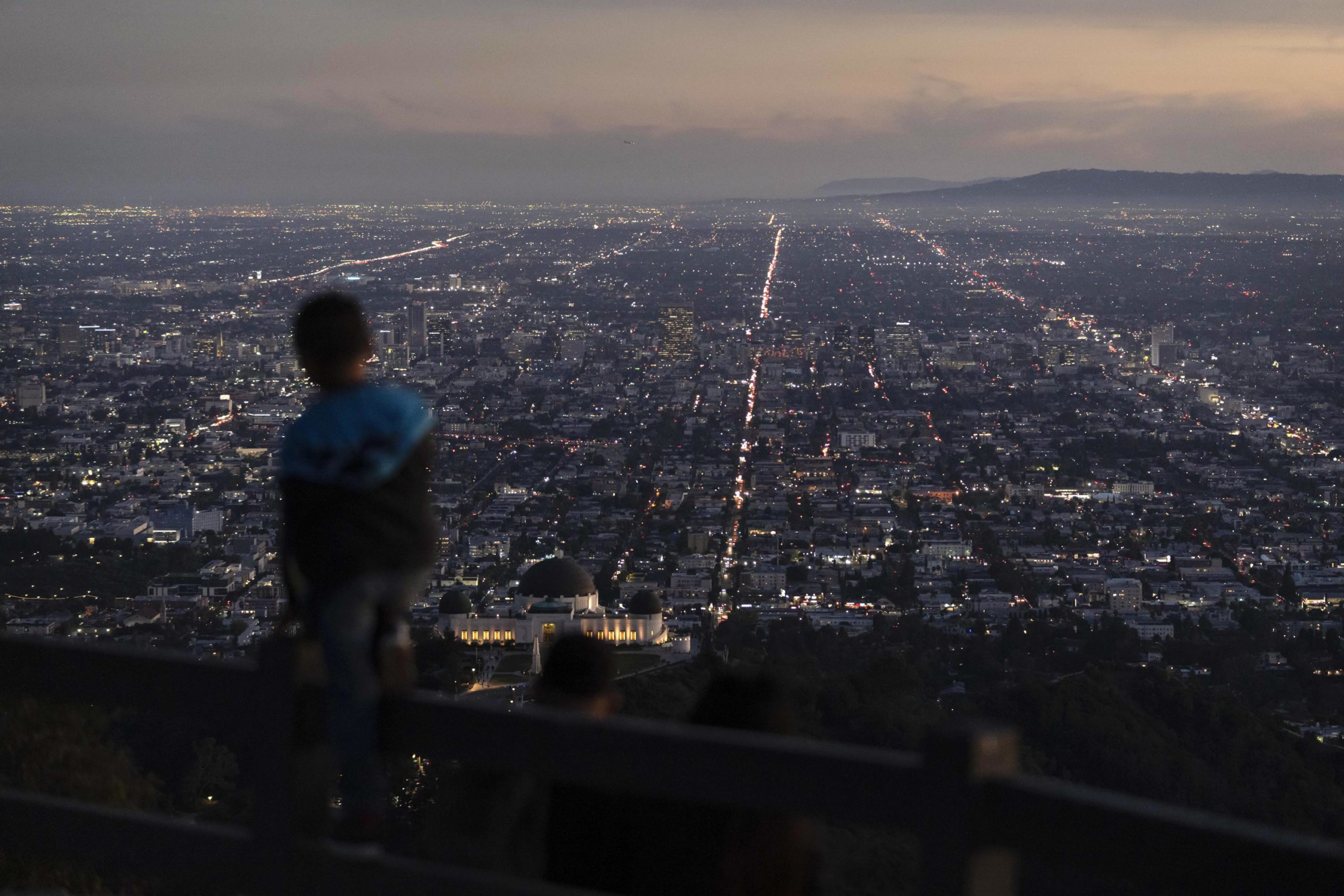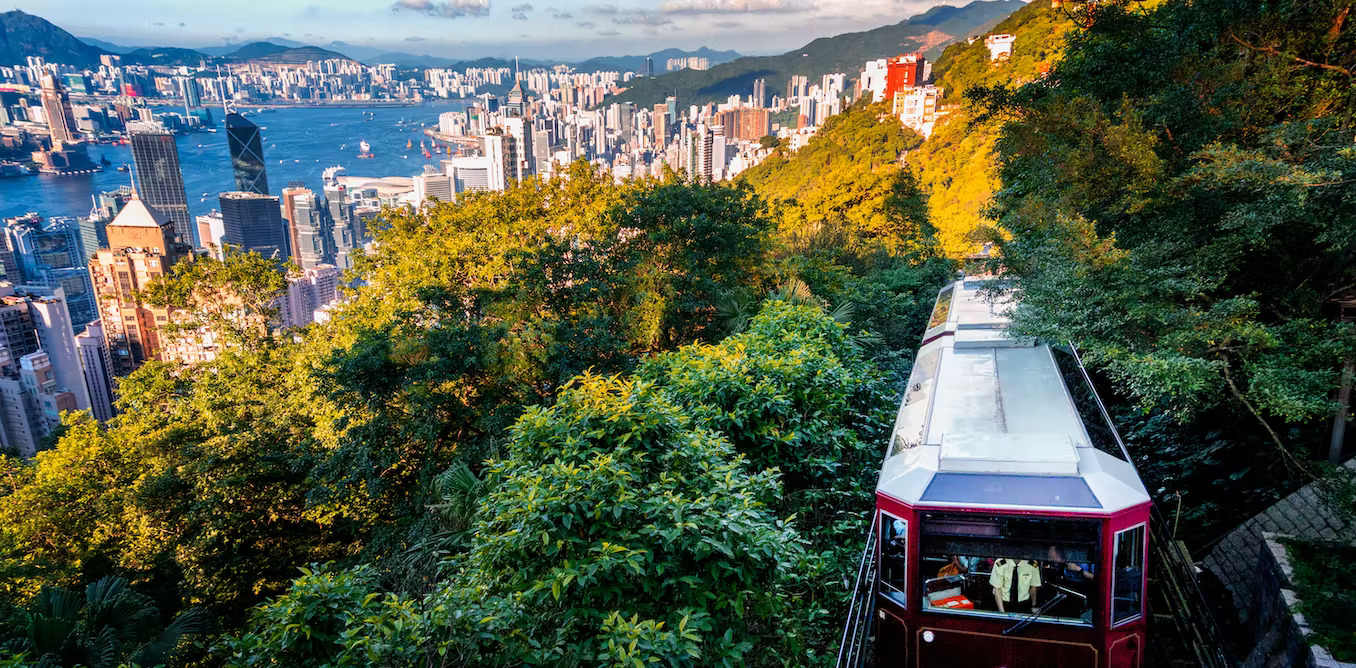Original publication by Antonia Cundy for theguardian.com on 7 June 2022
Often overlooked amid the human suffering, Russia is inflicting lasting damage on wildlife and globally important wetlands

Photograph: K Tkach/Alamy
Every spring for the past 30 years, conservationists at the Tuzly Lagoons national park on the Black Sea in Ukraine have been digging shallow channels from the coastal lagoons down to the shoreline, linking the bodies of water together.
The rivulets, which used to occur naturally until industrial agriculture plugged the small rivers that fed them, are a busy through-route for billions of small fish, which winter in the sea then return to the lagoons to breed.
This year, there will be no digging. The beaches are now littered with mines, laid by the Ukrainian army to ward off a Russian offensive. Researchers have had to abandon decades of work, and the consequences for the more than 5,000 herons that feed in the lagoons each spring could be disastrous.
“For 30 years, we organised scientists to do restoration in this area, to save this steppe and support this exchange of water. Now there is no entrance from the Black Sea, no migration of these fish, and the egrets need to eat them,” says Ivan Rusev, the park’s head of research. “It really is a tragedy.”

Photograph: Serhii Ryzhkov/Alamy
It is just one of innumerable environmental casualties in Ukraine, many of which will persist in a country already devastated by the human and economic toll of war for years after the conflict ends. With some of the most intense fighting occurring on the southern coast, experts warn that marine and wetland environments along the Black and Azov Seas face a particular threat.
Oleksandr Krasnolutskyi, Ukraine’s deputy minister of environmental protection and natural resources, says: “Almost 400,000 hectares and 14 Ramsar sites [wetlands designated to be of international importance by Unesco] along the coastline and lower reaches of the Dnipro river are under threat.”
There are already estimated to be billions of dollars of damage, he says, adding that their concerns have a precedent: when Russia first invaded in 2014, annexing Crimea and supporting a separatist war in the Donbas, the Kremlin used another ecologically sensitive area – the Kryva Kosa spit, in the Meotyda national park – as a landing zone for troops, destroying the largest European nesting site for the endangered Pallas’s gull almost overnight.
Rusev has counted more than 200 bombs hitting the lagoons, disturbing water birds such as avocets and Dalmatian pelicans during critical migration and nesting periods. “Normally, we have between 1,000 and 1,500 white pelicans, which migrate from Africa,” he says. “Now, we only have 300. They are very disturbed by the bombing.”

Photograph: Kosta Atanasov
Dead dolphins have also been washing up in huge numbers on Black Sea beaches, not just in Ukraine but also in Turkey and Bulgaria. Researchers suggest sound pollution is likely to be a factor in their deaths, including possible sonar interference from the Russian navy ships along the coast.
Bomb craters also threaten coastal life. Invasive species take advantage of freshly exposed sand, while chemicals can alter the makeup of the soil in fragile dune ecosystems, seeping into lagoons and the sea.
Very few people really worry about this, but I am the voice of the voiceless nature. I will fight to the end
– Ivan Rusev, Tuzly Lagoons national park
Doug Weir, research and policy director at the UK-based Conflict and Environment Observatory, said: “Generally, in commercial weapons, you find heavy metals and TNT, RDX, HMX [chemicals in explosives].
“Heavy metals are very persistent in the environment. Most of the explosives are toxic to some degree. And some – like TNT – break down on exposure to light into other toxic chemicals.”
While the harm caused by these pollutants may not be immediately apparent, one of the most visible examples of damage to Ukraine’s coastline is the Kinburn Spit, a 25-mile (40km) stretch of sand in the Ramsar-designated Black Sea biosphere reserve. In early May, rockets caused fires – which burned for more than a week and were visible from space – over more than 4,000 hectares (10,000 acres).
The fires also highlighted a wider consequence of war: the absence of environmental governance. Protected environments are not only threatened by fighting but also by conservationists’ inability to access war-torn areas.
“Obviously the fire would have been brought under control and put out quicker under normal conditions,” Weir says. “Most protected environments are heavily managed sites, and they tend to be imbalanced ecosystems for whatever reason – be it pollution or overfishing. And that loss of oversight and support can have severe impacts.”
Similarly, Rusev says he and his team have been unable to survey the extent of the harm to the Black Sea’s dolphins, because they cannot reach large stretches of Ukrainian coastline, and cannot say how many dolphins have been stranded.
He estimates up to 2,000 may have been affected. “It’s a tragedy because we have a very small population of three species of dolphin, so any individual is a rare individual,” Rusev says.

Photograph: Pictorial Press /Alamy
Remote monitoring also posed similar challenges around the Azovstal steel plant, Ukraine’s last stronghold in Mariupol, where large stores of sulfite could leak. “Because the Azov and Black Sea are enclosed, they’re particularly susceptible to pollution pressures,” Weir says. “On satellite images, it looks like the potentially sulfite-rich area has been increasing, but we can’t say for certain.”
Ukraine is determined to seek accountability for all of this damage. Vira Porieva, who is coordinating a taskforce collecting evidence of war crimes against bodies of water, is part of a wider group preparing an environmental case against Russia. In theory, the international criminal court can prosecute intentional attacks that knowingly cause “widespread, long-term and severe damage to the natural environment”.
Thanks to an international grant, Porieva’s team have collected and analysed water samples from the Melitopol and Berdyansk regions to evaluate the war’s impact on quality. “Thanks to brave national park inspectors, who stay in Russian-occupied regions, we can do this work,” she says. Preliminary results are expected in two months, but even with evidence, prosecuting environmental war crimes under the ICC’s definition is considered virtually impossible.
In the Tuzly Lagoons, the shelling continues. But Rusev works tirelessly at as many of his usual duties as he can, recording the damage where he finds it.
“Yesterday there were several bombs nearby – people are safe, but animals were disturbed again,” he says.
“Very few people really worry about this, but I am the voice of voiceless nature. I will fight to the end.”




